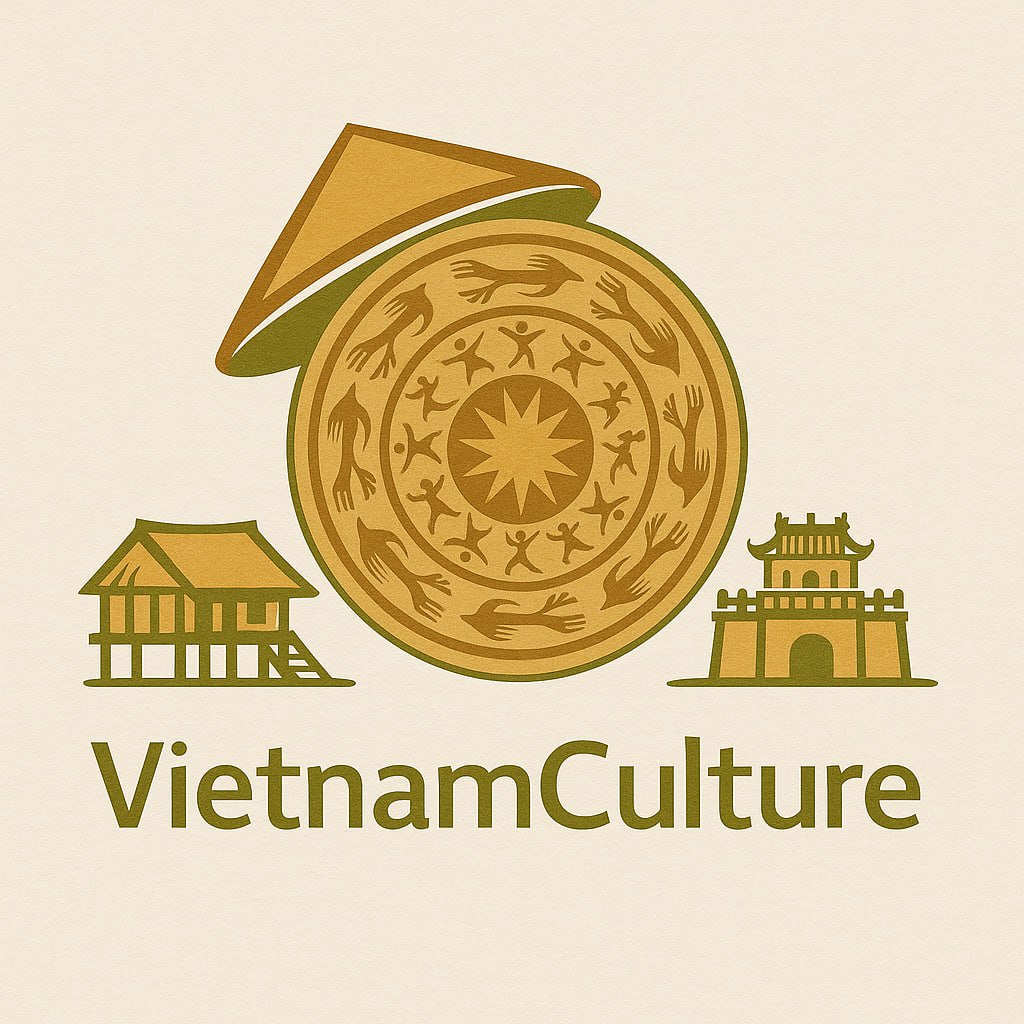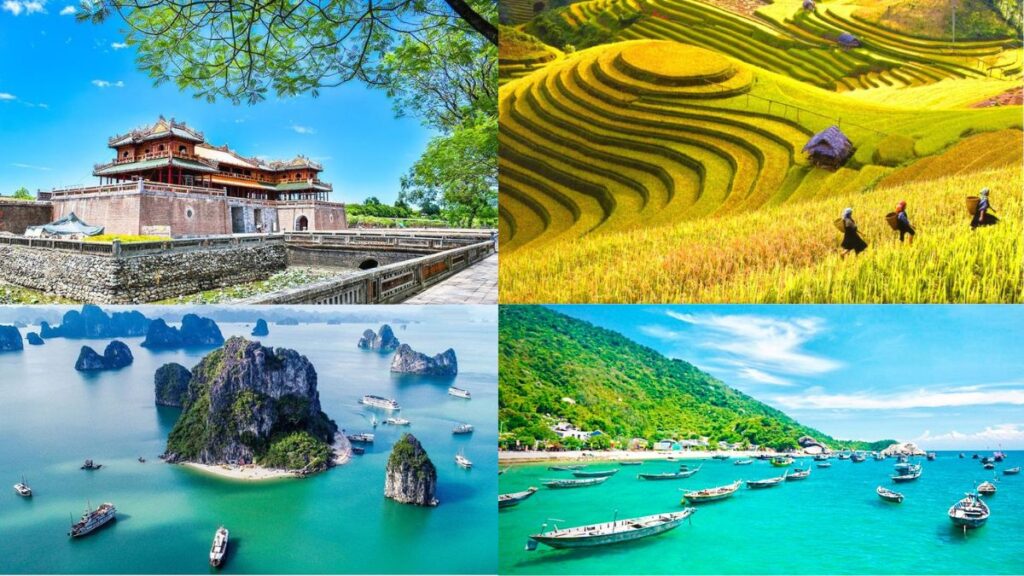Vietnam, a land where mountains meet the sea and history blends with myth, offers more than just beautiful landscapes and delectable cuisine. It is a treasure trove of cultural and natural heritage, with numerous sites recognized by UNESCO as World Heritage Sites. These sites represent the rich tapestry of Vietnam’s past, its resilience, and its enduring traditions. Whether you’re a history enthusiast, nature lover, or cultural explorer, the Vietnam heritage sites are a must on your travel bucket list.
In this article, we explore Vietnam’s eight UNESCO World Heritage Sites, delve into their historical and cultural significance, and offer travel tips for those looking to experience these remarkable destinations.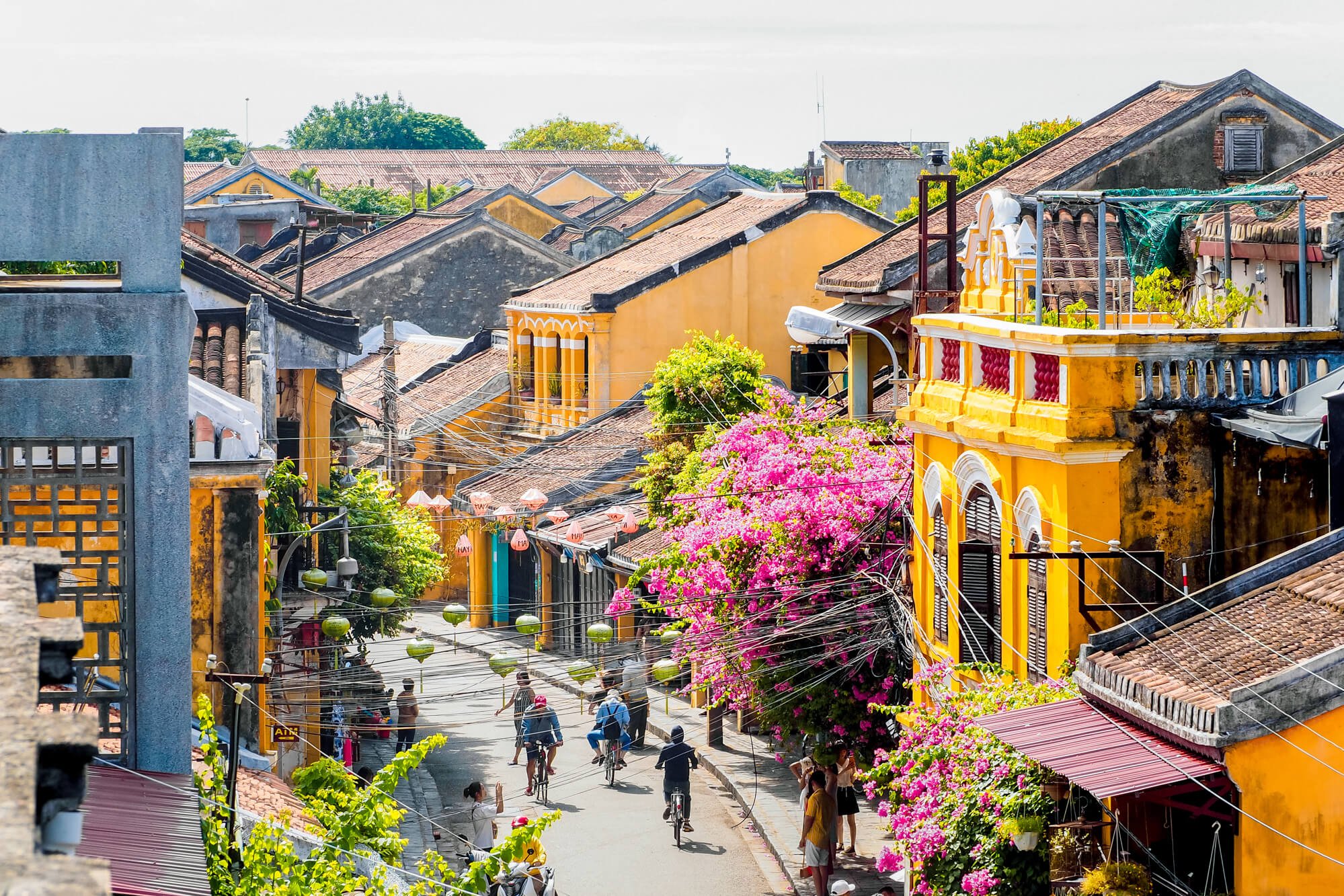
1. What Are Vietnam Heritage Sites?
Vietnam heritage sites are locations of historical, cultural, natural, or architectural importance that are recognized for their universal value. These include both tangible heritage—such as ancient buildings and natural landscapes—and intangible heritage—like traditional music and festivals.
As of today, Vietnam has:
- 8 UNESCO World Heritage Sites (5 cultural, 2 natural, 1 mixed)
- Numerous intangible cultural heritages and documentary heritage items recognized by UNESCO
Each of these sites tells a unique story about Vietnam’s journey through time, from ancient dynasties and indigenous kingdoms to colonial influences and revolutionary legacies.
2. UNESCO-Recognized Vietnam Heritage Sites
Let’s take a detailed journey through the 8 World Heritage Sites of Vietnam.
2.1 Ha Long Bay – A Natural Masterpiece
- Location: Quang Ninh Province, Northeastern Vietnam
- Designated: 1994 (Natural Heritage, extended in 2000)
Ha Long Bay is perhaps Vietnam’s most iconic natural attraction. Stretching over 1,500 square kilometers, it features nearly 2,000 limestone karsts and islets rising majestically from emerald waters.
The bay is not just scenic—it holds immense geological and biological significance. With its diverse marine life, ancient caves like Sung Sot and Thien Cung, and floating fishing villages, Ha Long Bay captivates visitors with both visual splendor and cultural charm.
Tip: Take an overnight cruise to witness the sunrise and explore hidden caves by kayak.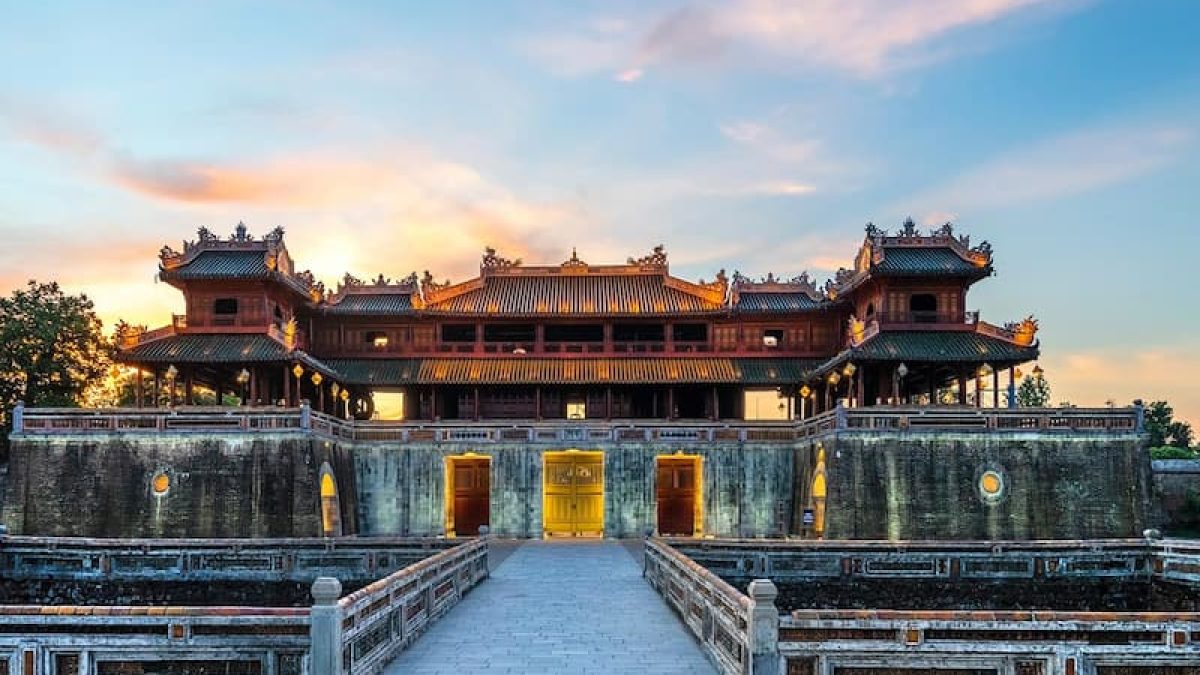
2.2 Phong Nha – Ke Bang National Park – Underground Marvels
- Location: Quang Binh Province, Central Vietnam
- Designated: 2003 (Natural Heritage, extended in 2015)
Nicknamed the “Kingdom of Caves,” Phong Nha – Ke Bang is a UNESCO-listed national park known for its ancient karst landscapes and extensive cave systems, including Son Doong, the largest cave in the world.
The park also boasts lush tropical forests, underground rivers, and a diverse range of flora and fauna. It’s an adventurer’s paradise and a significant site for geological research.
Tip: Book in advance to enter Son Doong Cave—only a limited number of visitors are allowed each year.
2.3 Complex of Hue Monuments – Imperial Legacy
- Location: Hue City, Thua Thien Hue Province
- Designated: 1993 (Cultural Heritage)
Once the capital of the Nguyen Dynasty (1802–1945), Hue is home to a complex of royal palaces, citadels, temples, and tombs. Set along the Perfume River, the site reflects traditional Vietnamese architecture, blended with Chinese and French influences.
The Imperial City, Forbidden Purple City, and the royal tombs of emperors such as Tu Duc and Khai Dinh stand as symbols of a bygone era of regal elegance.
Tip: Visit during the biennial Hue Festival to experience vibrant reenactments and royal-themed performances.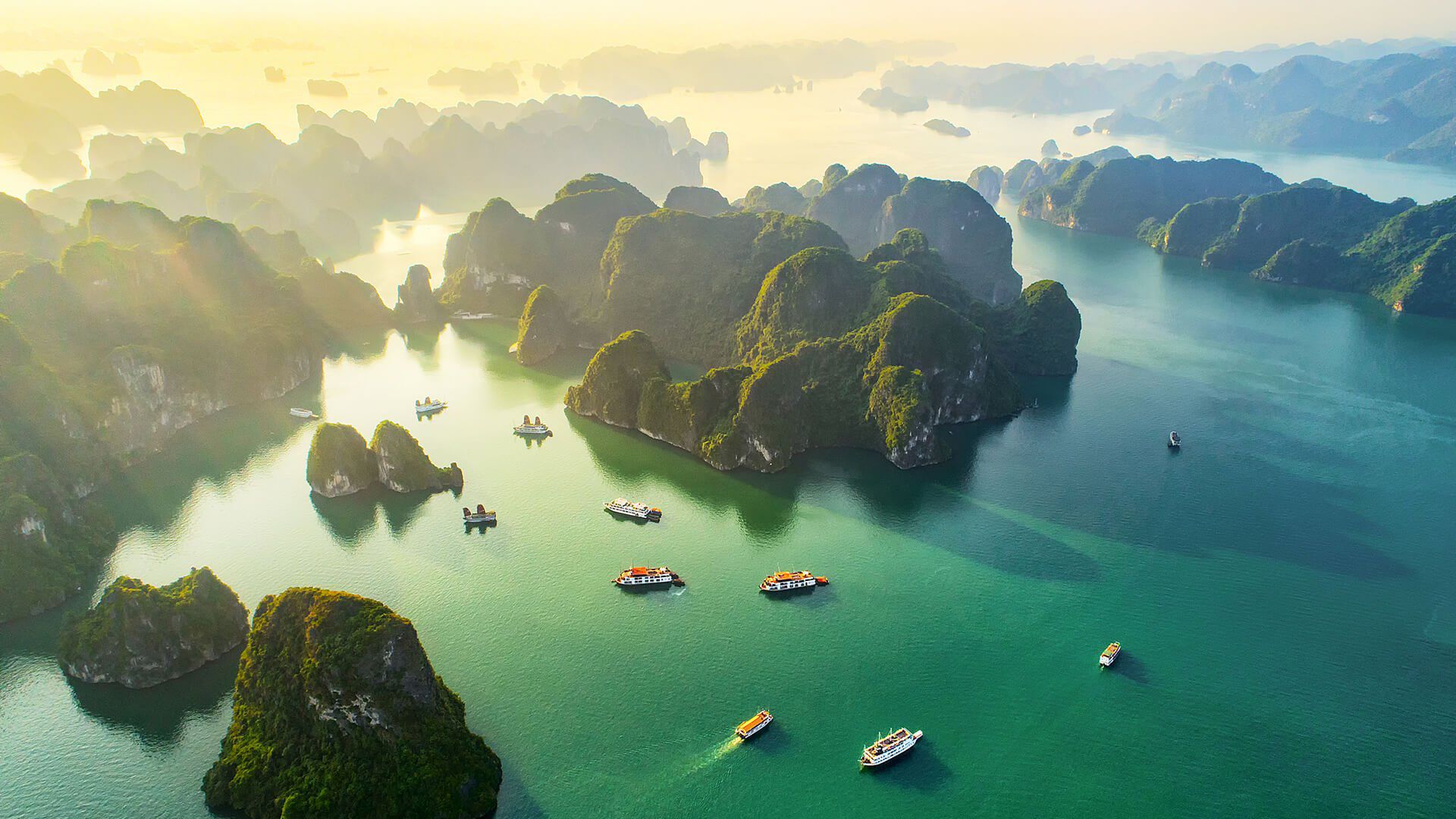
2.4 Ancient Town of Hoi An – A Living Museum
- Location: Quang Nam Province
- Designated: 1999 (Cultural Heritage)
Hoi An is one of Southeast Asia’s best-preserved ancient towns. Dating back to the 15th century, this bustling trading port once welcomed merchants from China, Japan, and Europe.
Today, Hoi An retains its unique charm through well-preserved houses, old temples, and the iconic Japanese Covered Bridge. At night, the town is illuminated with colorful lanterns, offering a magical atmosphere.
Tip: Try a traditional tailoring experience or take a cooking class with locals.
2.5 My Son Sanctuary – Sacred Temples of the Champa Kingdom
- Location: Quang Nam Province
- Designated: 1999 (Cultural Heritage)
Nestled in a lush valley, My Son Sanctuary was the spiritual center of the Champa Kingdom from the 4th to 13th centuries. The Hindu temple complex is dedicated to the god Shiva and reflects strong Indian cultural influences.
Despite suffering damage over centuries, the remaining red-brick towers and sculptures still echo the spiritual and artistic achievements of the Cham people.
Tip: Arrive early in the morning to avoid the heat and large tour groups.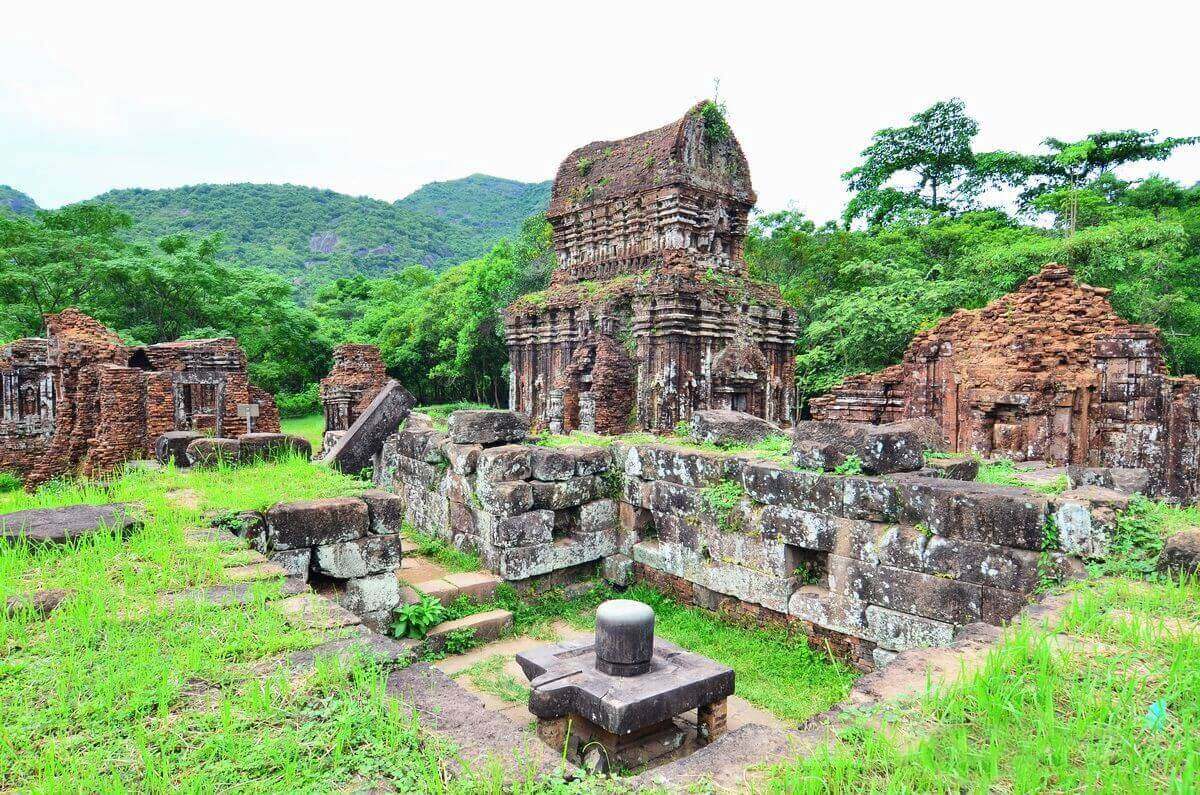
2.6 Citadel of the Ho Dynasty – Monumental Stone Architecture
- Location: Thanh Hoa Province
- Designated: 2011 (Cultural Heritage)
Built in 1397, the Ho Citadel served as the capital of Vietnam for a short period. What makes it unique is its construction: massive limestone blocks fitted together without mortar, showcasing advanced engineering skills for the time.
Unlike many citadels overtaken by modernity, Ho Citadel remains largely untouched, offering a raw glimpse into medieval Vietnamese architecture.
Tip: Explore the surrounding rural areas to get a sense of local life and farming traditions.
2.7 Central Sector of the Imperial Citadel of Thang Long – A Millennia of History
- Location: Hanoi
- Designated: 2010 (Cultural Heritage)
At the heart of Vietnam’s capital lies the Thang Long Imperial Citadel, a center of power for over 1,300 years. Archaeological finds have uncovered palaces, relics, and artifacts from multiple dynasties, revealing layers of history.
Today, the site blends seamlessly with modern Hanoi, offering a compelling juxtaposition of ancient and contemporary Vietnam.
Tip: Combine your visit with a trip to the nearby Ho Chi Minh Mausoleum and Old Quarter.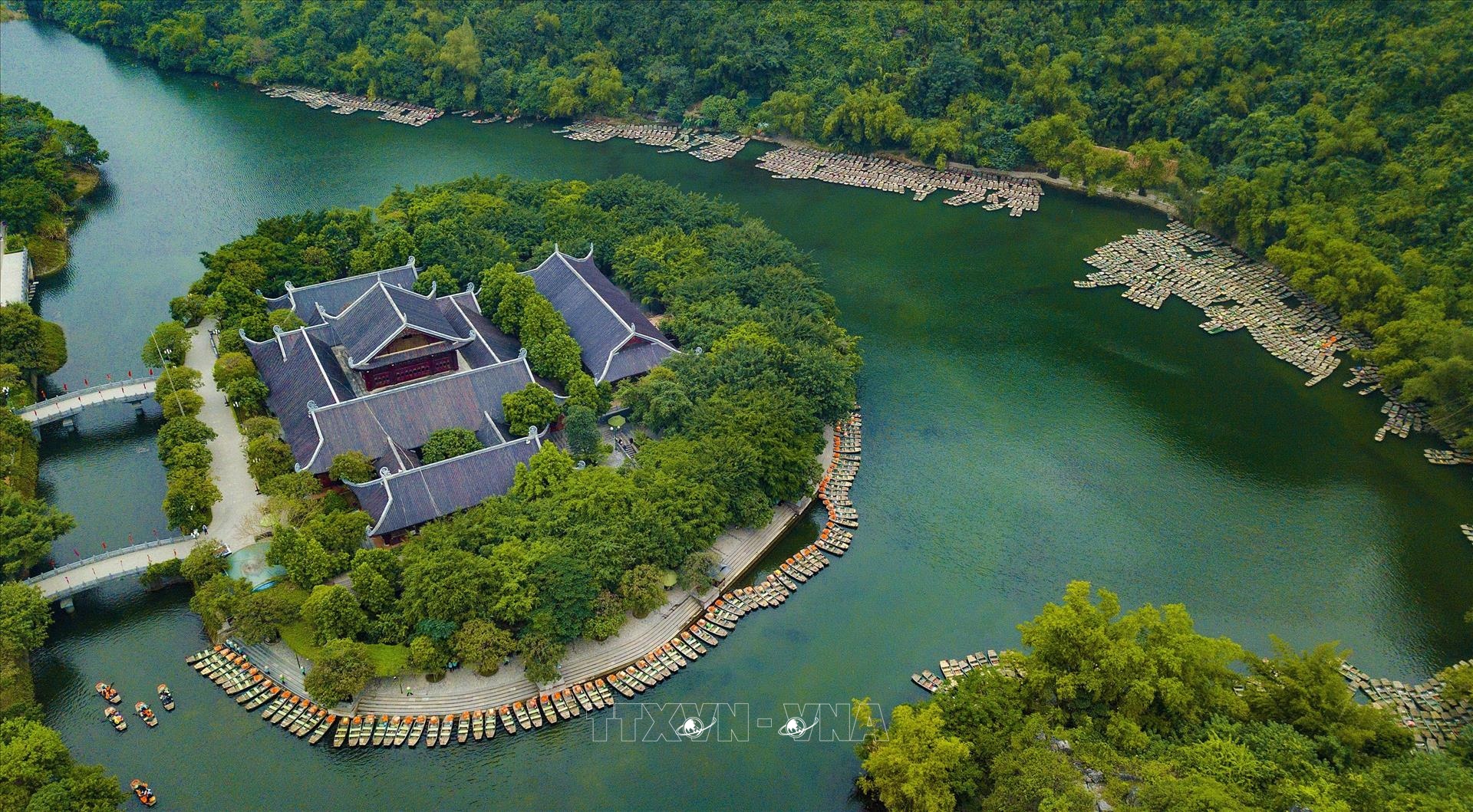
2.8 Trang An Landscape Complex – Nature Meets History
- Location: Ninh Binh Province
- Designated: 2014 (Mixed Heritage – cultural and natural)
Trang An is the first mixed heritage site in Vietnam. Often referred to as “Ha Long Bay on land,” this area is known for its limestone karst peaks, lush valleys, and emerald rivers. It also contains ancient pagodas, temples, and archaeological sites dating back 30,000 years.
The site was even featured in the film Kong: Skull Island, adding to its international fame.
Tip: Take a boat tour through the caves and temples—it’s the best way to appreciate the landscape.
3. Why Are Vietnam Heritage Sites So Special?
Vietnam’s heritage sites stand out for several reasons:
- Historical Significance: They showcase millennia of cultural evolution, from ancient Hindu temples to imperial dynasties and colonial legacies.
- Architectural Marvels: Each site reflects unique architectural styles—whether it’s the elegant wooden houses of Hoi An or the stone masonry of the Ho Citadel.
- Natural Beauty: Sites like Ha Long Bay and Trang An offer awe-inspiring natural landscapes that remain unspoiled.
- Cultural Continuity: Many sites remain active centers of cultural life, with locals still practicing ancient traditions and rituals.
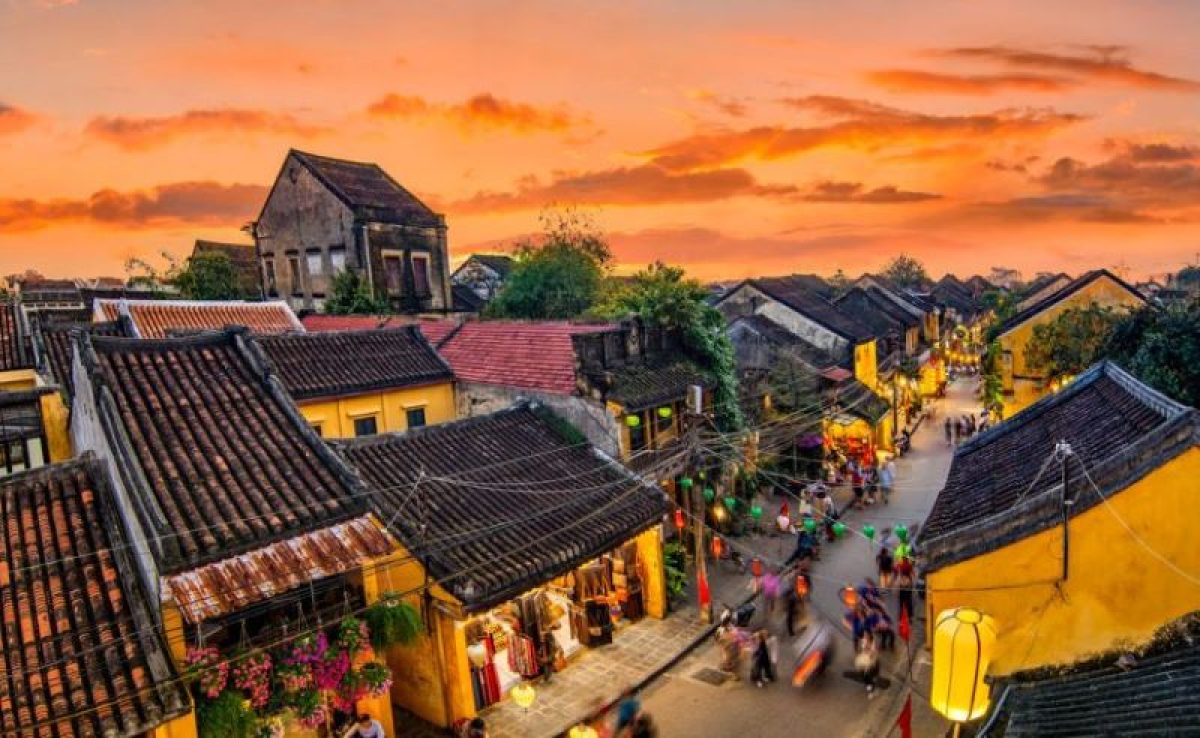
4. Tips for Visiting Vietnam Heritage Sites
- Respect the Culture: Dress modestly when visiting temples and shrines.
- Hire Local Guides: Enhance your experience by learning the stories behind each site.
- Plan According to Season: Avoid the rainy season (May–September in the north and central regions).
- Buy Tickets from Official Sources: Ensure you’re supporting preservation efforts.
- Avoid Overtourism: Visit lesser-known heritage sites to spread tourism and avoid crowding.
5. Beyond the UNESCO List: Vietnam’s Intangible Heritages
In addition to physical sites, Vietnam is home to a wealth of intangible cultural heritage, including:
- Nha Nhac (Court Music) of Hue
- Ca Tru Singing
- Quan Ho Folk Songs
- Gio To Hung Vuong Festival
- Tay Nguyen Gong Culture
These traditions enrich the Vietnamese soul and offer an immersive cultural experience for travelers.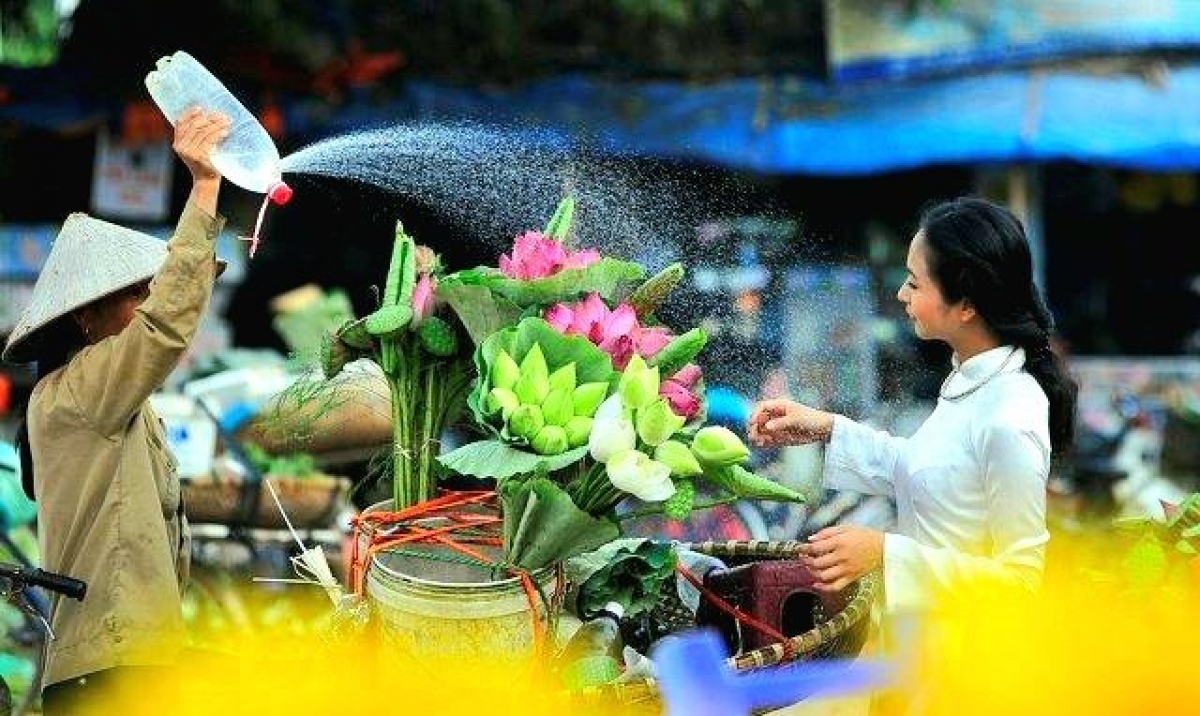
Conclusion
Exploring Vietnam heritage sites with Vietnam Travel is more than just sightseeing—it’s a journey through time, a dialogue with history, and an immersion into a culture that continues to thrive through generations. Whether you’re gazing at the emerald karsts of Ha Long Bay or walking the ancient streets of Hoi An, these UNESCO sites offer unmatched insight into what makes Vietnam truly unique.
So pack your curiosity and come discover the soul of Vietnam—one heritage site at a time.
See more post: Vietnamese religion: A guide to spiritual diversity and cultural identity in Vietnam
